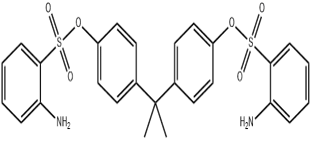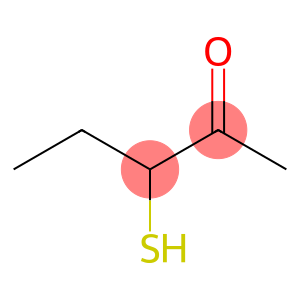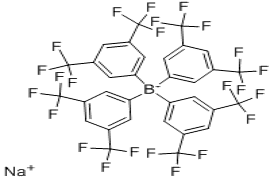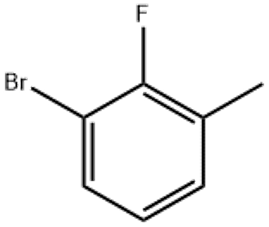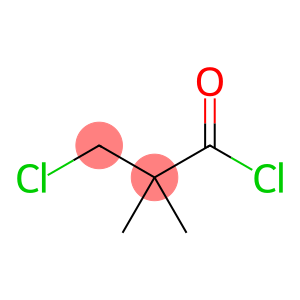2-Aminobenzenesulfonic acid (1-methylethylidene)di-4 1-phenylene ester(CAS# 68015-60-1)
Introduction
4,4′-Bis(2-aminobenzenesulfonic acid) bisphenol A ester, also known as the pollutant bisphenol A (BPA), is an organic compound. The following is an introduction to its nature, use, preparation and safety information:
Quality:
- Bis(2-aminobenzenesulfonic acid) bisphenol A ester is a colorless or yellowish crystalline solid.
- It is soluble in organic solvents such as alcohols, ketones and ethers at room temperature, but insoluble in water.
Use:
- 4,4′-Bis(2-aminobenzenesulfonic acid)bisphenol A ester is widely used in industry as a plastic additive, especially as a hardener for polycarbonate plastics.
- It is also used in the manufacture of epoxy resins, asphalt, acrylic polymers, adhesives and sealants, etc.
Method:
- The preparation of 4,4′-bis(2-aminobenzenesulfonic acid) bisphenol A ester is generally obtained by reacting bisphenol A with 2-aminobenzene sulfonic acid. The reaction is generally carried out under acidic conditions.
Safety Information:
- 4,4′-Bis(2-aminobenzenesulfonic acid) bisphenol A ester is thought to be endocrine disrupting and may have effects on human health. It may interfere with hormonal balance and is associated with the development of certain health problems such as reproductive problems, cardiovascular disease, and metabolic-related diseases.
- Some studies have also found that long-term exposure to BPA may lead to cancer, neurotoxicity, and immune system abnormalities, among other things.


